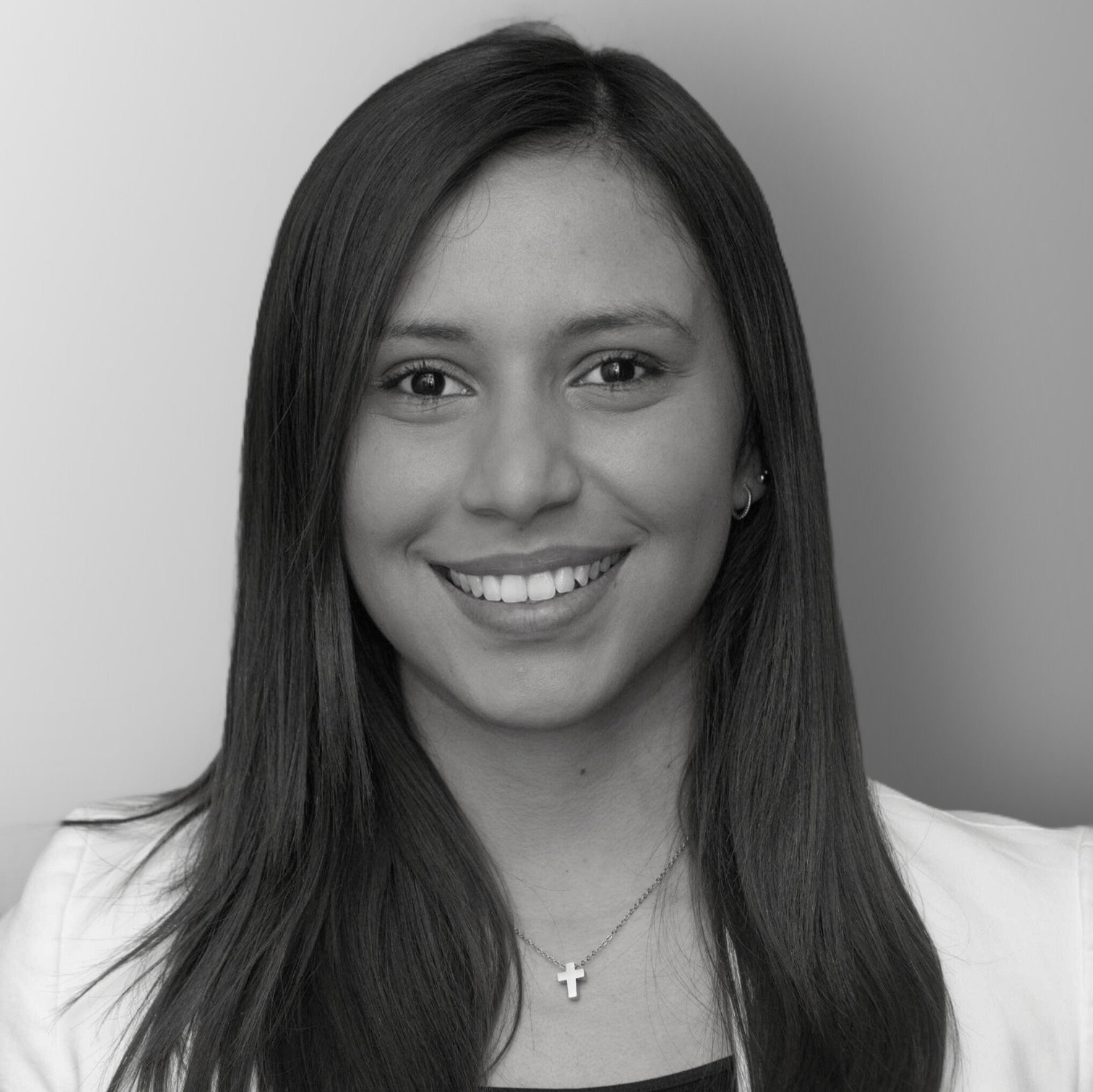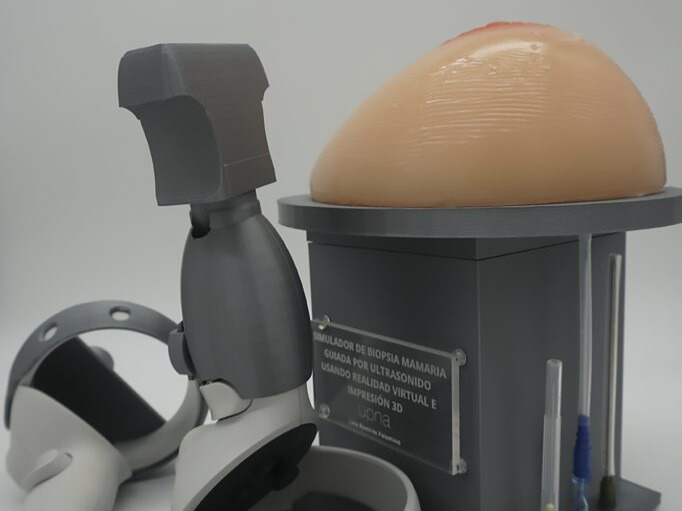Lina María Ramírez Palomino talks about her career as a biomedical engineer and how she managed to create a breast biopsy simulator.
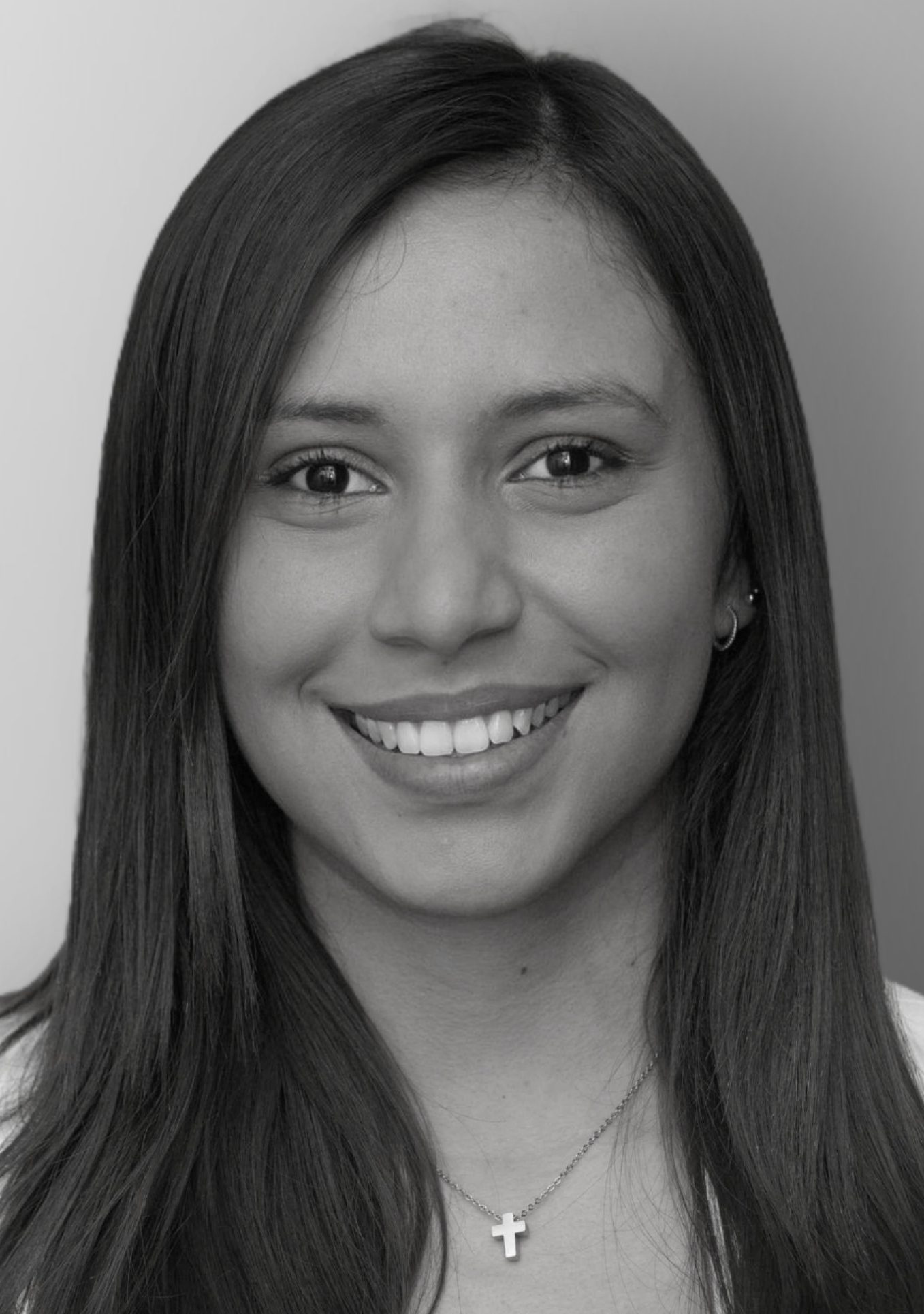
Lina Maria Ramirez Palomino
Ingeniera Física
Técnico especialista en simulación Clínica de la Universidad de Navarra
I am a physical engineer, but I have always been passionate about medicine. During my career, I even considered pursuing both careers at the same time, although personal circumstances prevented me from doing so. Nevertheless, I have always remained immersed in both the medical and engineering fields, actively participating in multidisciplinary projects in which I collaborated closely with medical professionals and engineering colleagues.
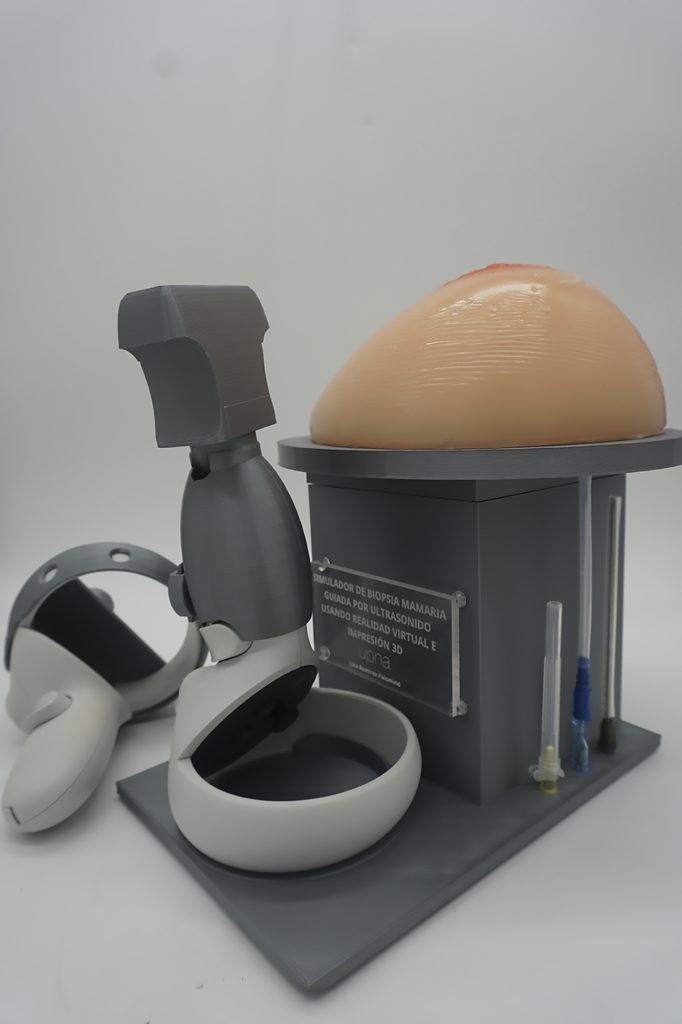
For my final graduation project, I created a ‘video game’ with the Unity 3D graphics engine, which enabled the use of a UR5 robot for the extraction of tumours in the pituitary gland using an endonasal approach, all intuitively controlled via the computer keyboard. This project was carried out in collaboration with the Andalusian Institute of Advanced Automation and Robotics and the University of Cauca in Colombia.
After completing my university studies, I had the opportunity to be selected as an intern in the digital fabrication and 3D printing laboratory, known as FabLab Malaga. During this experience, I fully immersed myself in the world of 3D printing and its application in the medical field. With dedication, I developed an anatomical model designed specifically for the exploration of the inner ear, managing to accurately print full-scale ear bones.
After observing the significant impact that my project generated during the CASEIB 2020 Congress, I decided to start my Master’s program in Biomedical Engineering at the Public University of Navarra. At this institution, I received valuable support to start a project that made me know and deeply appreciate the fascinating world of medical simulation.
Given my background in both virtual and physical projects, I conceived the idea of combining both techniques in this particular project. My goal was to design a medical intervention in virtual reality with the possibility of providing haptic feedback, taking advantage of 3D printing technology.
One of the crucial tasks was to identify the most suitable body part to integrate virtual reality and 3D printing into my project. I considered various options, such as the brain or the abdomen, among others. However, given my commitment to women’s health projects and my status as a woman, I chose to tackle the ultrasound-guided breast biopsy procedure. In my opinion, this procedure is a traumatic moment for the women who undergo it. Therefore, I approached this project with a deep sensitivity and respect for the people involved.
The Health Service of Navarra gave me the opportunity to witness these medical procedures, which allowed me to observe the procedure in detail and acquire the necessary information to start developing the future simulator.
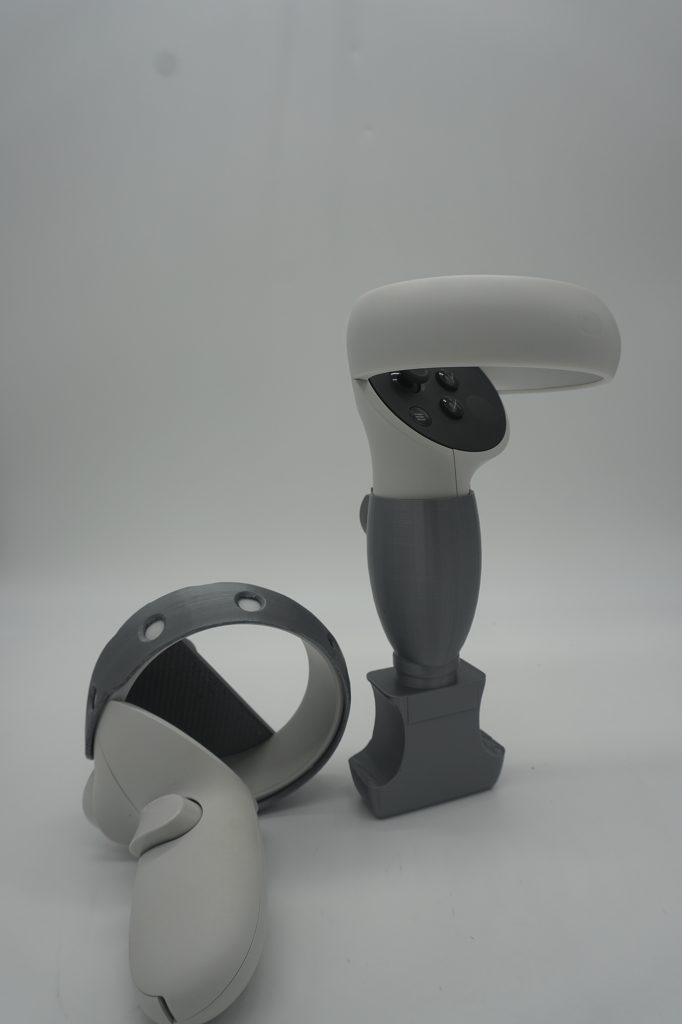
One of the concerns shared with me by the interventional physician was the need for high precision in performing this procedure, which involves placing a needle into the breast adenoma based on ultrasound observation alone. Given the complexity of this task and the demand for practice and training to acquire this skill, the idea arose to create a simulator that would provide an interactive experience to facilitate learning this skill more effectively.
I started the project by focusing on one of the key phases: the creation of the virtual reality environment. The use of the Unity 3D game engine proved essential for the development of this virtual environment. In this phase, I meticulously designed all the elements that make up the actual intervention, in order to provide users with an immersive experience of the procedure and significantly increase its level of realism. To this end, I carefully modelled all the necessary devices, adapting their colours and textures to make them as close to reality as possible.
After finishing the virtual design phase and testing it with the Oculus Quest 2 virtual reality glasses, which offer advanced technology and a more comfortable visual experience for immersion in virtual scenarios, I began the physical development phase of the project. In this phase, 3D printing played a key role, allowing me to create the necessary structures to facilitate the integration of the physical environment with the virtual one, the so-called ‘tracking’.
I printed an ultrasound probe to simulate the ultrasound scans performed in the virtual environment. This physical probe was designed to integrate seamlessly with its virtual counterpart, enabling a consistent and realistic user experience.
In addition to the probe, I also designed a specialised instrument to carry the needles required during the procedure. This instrument is not only compatible with virtual reality goggle controllers, but also incorporates a universal fit mechanism that facilitates its use with conventional medical needles. This allows needles to be easily replaced using the corresponding adapters, extending its versatility and usefulness in the context of medical simulation.
The design and development process of the adapters was conducted with precision, with the primary goal of ensuring full compatibility with the Oculus goggle controllers. This phase was vital to ensure the optimal functioning of the adapters and their ability to operate smoothly during simulation.
With regard to the design of the breast model, several tests were carried out using 3D printing and other materials However, the level of realism required to provide a satisfactory user experience could not be achieved. Therefore, a silicone breast, commonly used as a mastectomy prosthesis, was chosen. This silicone model proved to be resistant to needle damage and was the ideal choice for the project.
Once accurate silicone breast measurements were obtained, a three-dimensional virtual model of a middle-aged woman was created, incorporating breast characteristics compatible with the physical model. This virtual model was implemented into the virtual environment and the breast to be operated on was traced. I also designed a base to support the silicone breast and ensured that its dimensions were appropriate, as this base simulated the height of the patient’s hip. This completed the last follow-up, which involved the table acting as a stretcher in the virtual simulator and the simulator base representing the patient’s hip. This allowed the height of the silicone breast to be effectively adapted to the virtual breast, providing a consistent and realistic experience in the simulation environment.
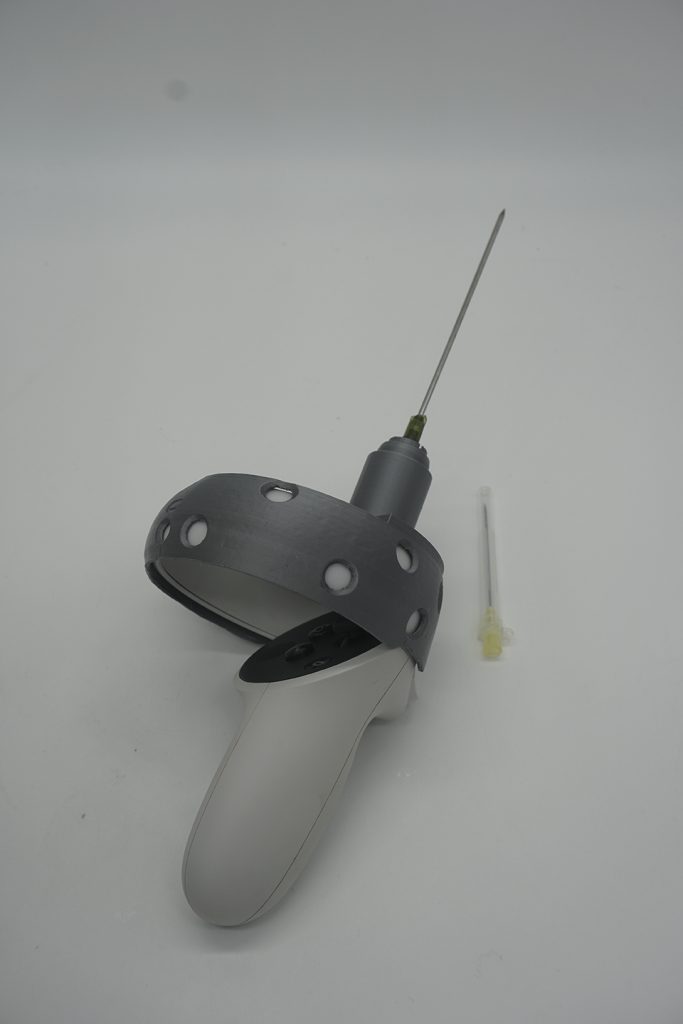
It is crucial to integrate different technologies in simulator development, in particular the combination of virtual reality and 3D printing. This synergy made it possible to design a simulator with highly efficient haptic feedback.
The next step is to carry out tests with users to validate the prototype.
In this regard, my role as a clinical simulation technician at the Simulation Centre of the Faculty of Medicine of the University of Navarra gives me the opportunity to carry out these tests with undergraduate students doing breast pathology training, as well as with the specialists in charge of their supervision.
My passionate commitment to the world of medical simulation drives me to continue growing professionally in order to carry out other projects in this area and to continue contributing to the advancement of medical education and the improvement of the clinical skills of health professionals.


